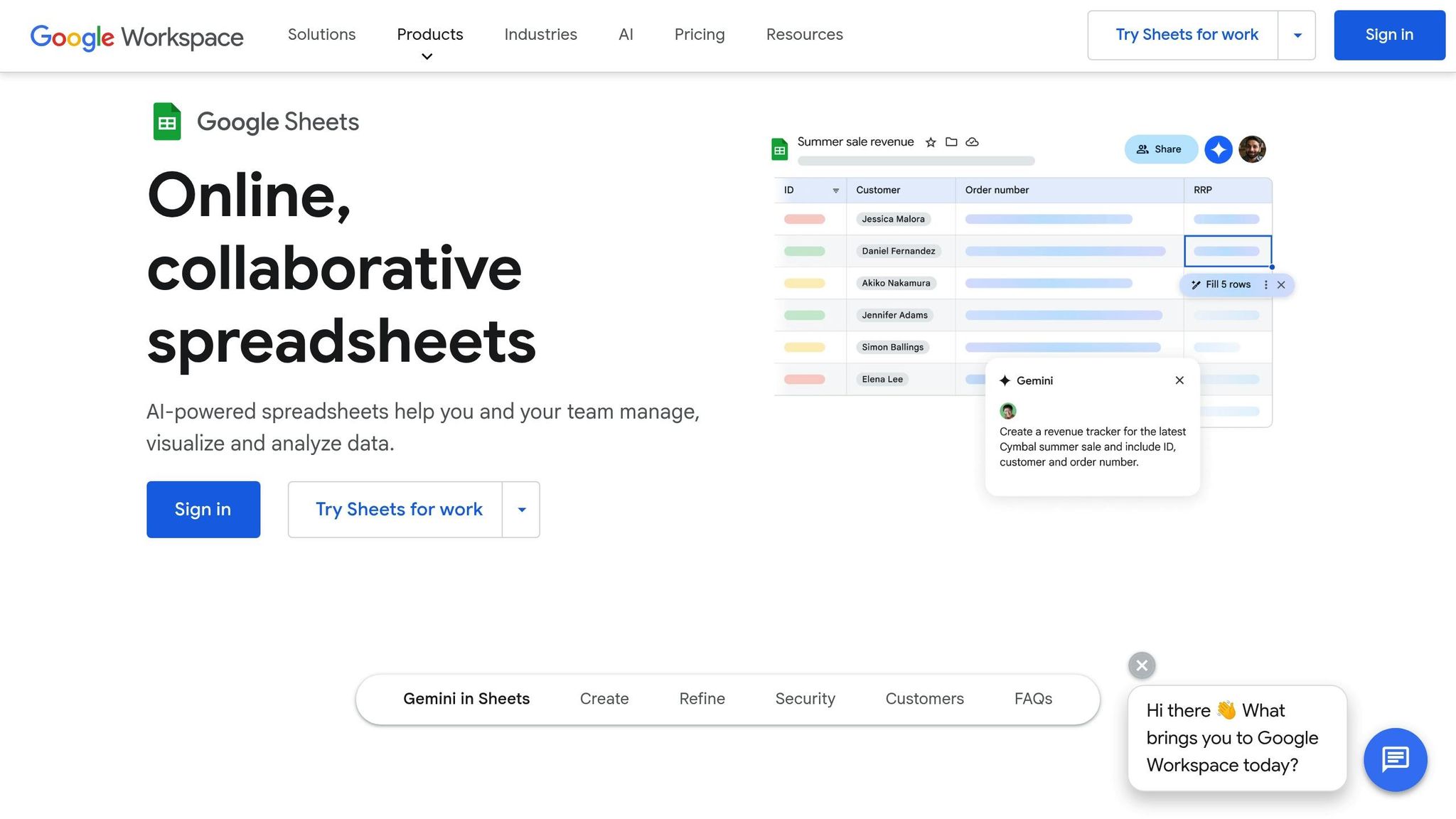The real estate industry has always relied on data to drive decisions. However, the advent of automation and artificial intelligence (AI) is revolutionizing how professionals access, analyze, and act on this data. Imagine having a virtual real estate assistant that not only fetches property listings based on your criteria but also generates advanced metrics, prioritizes the best investment opportunities, and delivers a polished report – all within seconds. This is now possible by combining the capabilities of n8n, ChatGPT, and APIs like Zillow.
In this article, we’ll explore how to build a sophisticated real estate AI agent. By leveraging automation workflows, advanced APIs, and AI tools, you can create a system tailored to your business needs, streamlining property research and data management processes.
Why Build a Real Estate AI Agent?
The real estate sector continually faces challenges like accessing accurate data, analyzing large datasets, and presenting actionable insights. While traditional methods often involve manual effort and time-consuming research, an automated AI agent can:
- Save time by generating quick insights.
- Enhance accuracy with advanced data calculations.
- Provide customizable reports for individual needs.
- Seamlessly integrate with tools like Google Sheets, Gmail, and APIs such as Zillow.
Using this AI agent, real estate professionals or investors can retrieve tailored property insights, evaluate key metrics like ROI or cash flow, and receive detailed summaries via email – all in an automated workflow.
Step-by-Step Guide to Build Your AI Agent
This tutorial outlines how to create the AI agent from scratch. The workflow involves connecting forms, APIs, and AI tools to automate property searches, generate advanced metrics, and deliver results in user-friendly formats.
1. Define the Parameters and Build a Form
The first step is to design a form that collects property search criteria. The parameters include:
- Location: Specify the city or area for the search.
- Status: For sale or other options.
- Price Range: Minimum and maximum price for properties.
- Number of Bedrooms and Bathrooms: Define the minimum number for each.
- Property Type: For example, multifamily or single-family properties.
- Sorting Criteria: Specify how to rank results (e.g., by price).
This form serves as the foundation of the workflow by gathering the necessary input from the user.
2. Use APIs for Property Search
To retrieve property listings, connect the workflow to an API such as Zillow (via RapidAPI). Zillow’s API provides access to detailed property data, including:
- Address, price, and living area.
- Location-specific details (city, state, and zip code).
- Advanced metrics like price reductions or rent estimates.
Key technical steps:
- Authenticate the API using an API key.
- Map the form inputs (e.g., location, price) to API parameters to fetch data dynamically.
- Process the API response to extract property information.
3. Organize and Expand Data
Once the property data is fetched, it needs to be processed for enhanced usability. This step involves:
- Filtering Data: Extract only the relevant fields, such as address, price, property type, and size.
- Calculating Advanced Metrics: Use a code node (via n8n) to generate investment-specific metrics, such as:
- Cash-on-cash ROI.
- Monthly cash flow.
- Property tax rate and insurance costs.
- Annual operating costs and potential profitability.
The code leverages ChatGPT to execute these calculations, ensuring that even complex metrics are generated efficiently.
4. Save Results to Google Sheets

To ensure the data is easily accessible, store the processed information in a Google Sheet. This allows for future reference, sharing with team members, or further analysis.
- Use n8n’s Google Sheets integration for seamless data entry.
- Eliminate duplicate entries by using the append or update functionality, ensuring each property is listed only once based on its address.
5. Deliver Insights via Email
A key feature of the AI agent is its ability to provide a polished summary of results directly via email. Using n8n’s Gmail integration and ChatGPT, the agent can:
- Generate short summaries of market sentiment.
- Highlight the top properties based on ROI or cap rate.
- Provide actionable recommendations, such as which properties to avoid or prioritize.
- Include data visualizations or tables for clarity.
6. Customize for Specific Markets
While the example uses Zillow’s API (limited to the U.S.), the workflow can be adapted to other regional APIs such as Zoopla (for the U.K.) or Idealista (for Spain, Italy, and Portugal). This flexibility makes the system scalable and globally relevant.
Advanced Insights from the AI Agent
This AI agent isn’t just a basic automation – it’s a transformative tool that delivers substantial value by integrating advanced analytics into real estate workflows. For example:
- Comparative Market Insights: By ranking properties based on key metrics like cash flow and ROI, the system helps identify the most profitable investments.
- Custom Metrics Generation: The integration of ChatGPT allows for tailored calculations, including annual operating costs or monthly mortgage payments.
- Real-Time Updates: Automated data fetching ensures that reports always reflect the latest market conditions.
- Scalability: By swapping APIs, the tool can be adjusted for different regions or use cases, such as rental analysis or commercial properties.
Key Takeaways
Here’s a quick summary of what you’ll gain by building and using this real estate AI agent:
- Automated Data Retrieval: Fetch real estate listings tailored to specific search criteria using APIs like Zillow.
- Advanced Investment Metrics: Generate detailed metrics such as ROI, cap rate, and monthly cash flow.
- Customizable Reporting: Deliver polished email summaries with actionable insights for strategic decision-making.
- Integration Ready: Connect with tools like Google Sheets to organize and store data effectively.
- Time and Cost Efficiency: Automate repetitive tasks, freeing up time for high-value activities like deal negotiation.
- Global Flexibility: Adapt the system to work with APIs from various regions (e.g., Zoopla, Idealista).
- Enhanced Accuracy: Calculate investment metrics using advanced AI tools to reduce errors and improve decision-making.
- User-Friendly Workflow: Simple, step-by-step n8n workflow design allows for modifications and scalability.
Conclusion
The integration of automation and AI in real estate is no longer a luxury – it’s a necessity. By building a real estate AI agent using n8n, ChatGPT, and APIs like Zillow, professionals can revolutionize how they access, analyze, and act on property data. This tool not only streamlines tedious workflows but also empowers users with precise insights, paving the way for smarter investments and business growth.
Whether you’re a real estate investor, a PropTech developer, or an enterprise managing large property portfolios, this system can be tailored to meet your unique needs. As tools like n8n and ChatGPT continue to evolve, the possibilities for customization and innovation in real estate are virtually limitless. Start building your AI agent today and unlock the power of data-driven decision-making in your business.
Source: "I Built a Real Estate AI Agent with n8n and ChatGPT (Full Walkthrough)" – Krystian Wojtarowicz AI, YouTube, Aug 29, 2025 – https://www.youtube.com/watch?v=wbfQzfgACTQ
Use: Embedded for reference. Brief quotes used for commentary/review.



